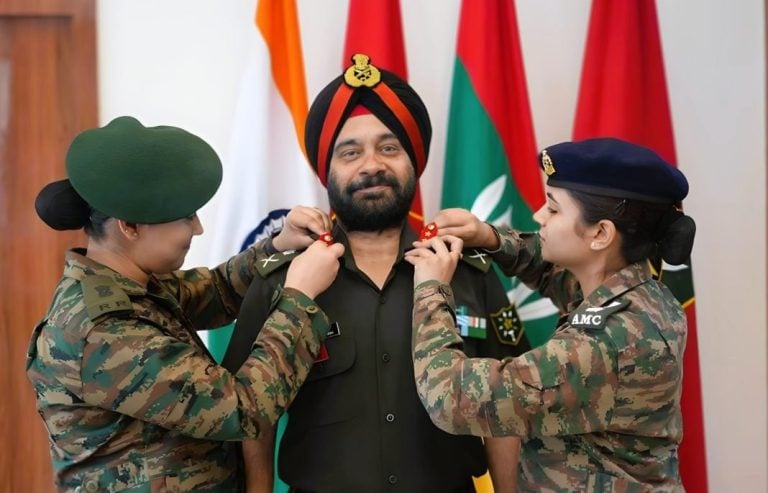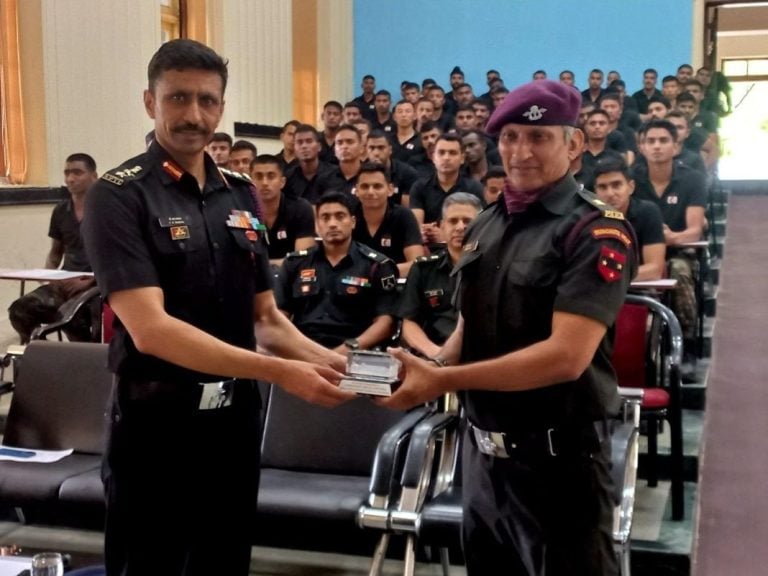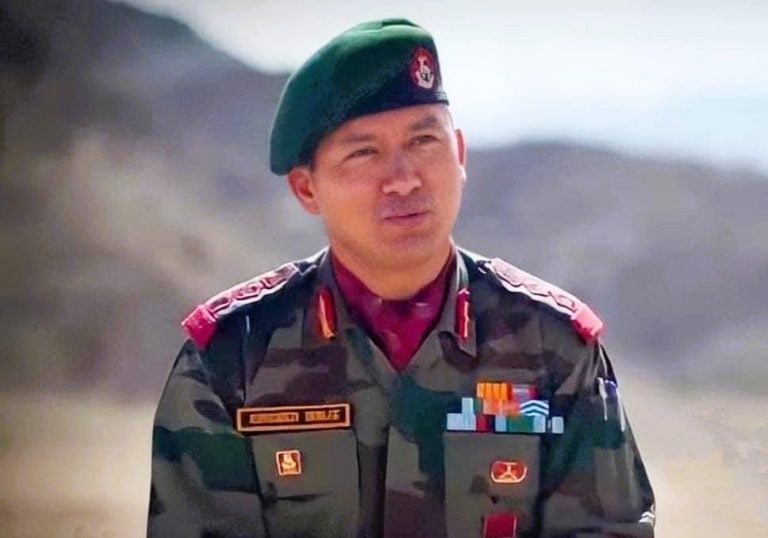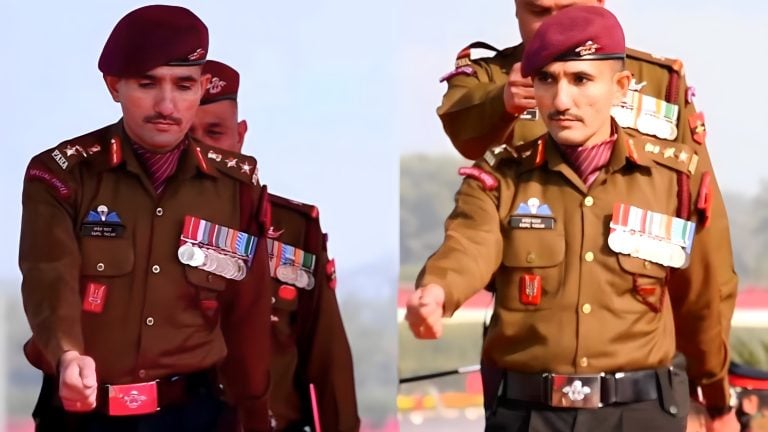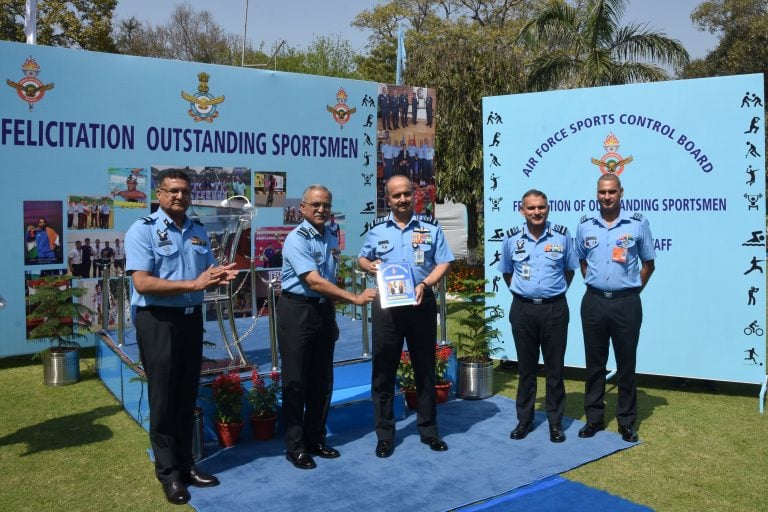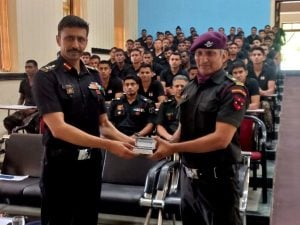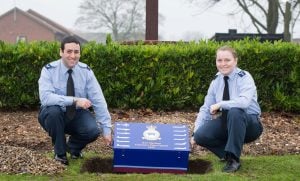In a major boost for the Indian Army on the China front, the force has put up a proposal to the defence ministry for buying 12 Swathi weapon-locating radars developed by the Defence Research and Development Organisation (DRDO).
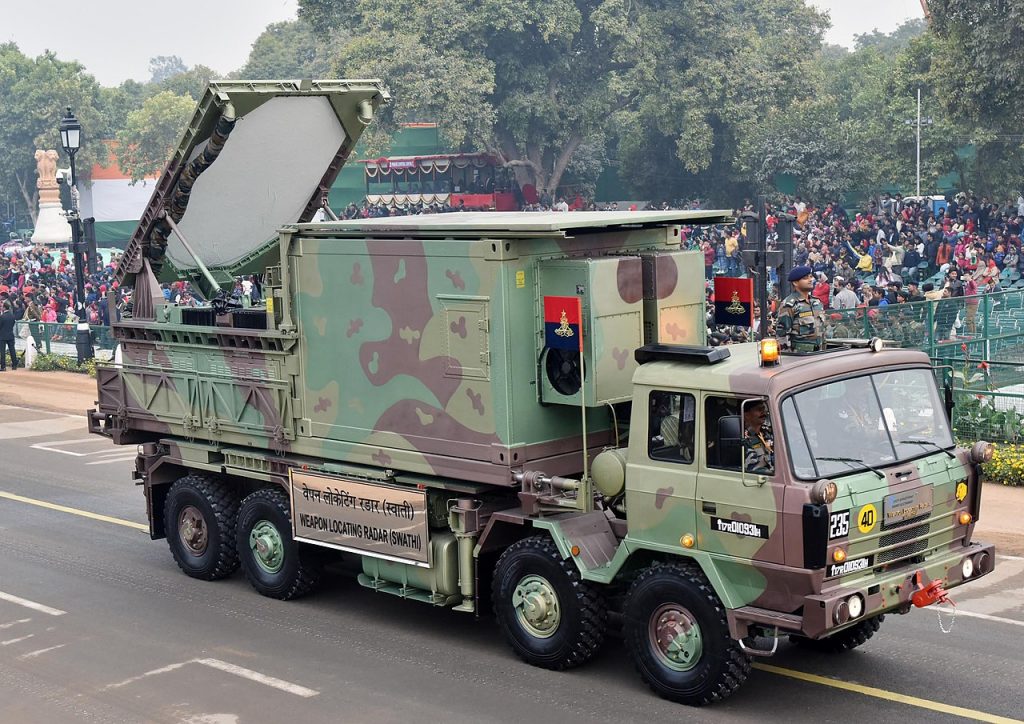
The Indian Army has initiated this proposal worth around Rs 1,000 crore Swathi WLRs and it is planned to be put for consideration by a high-level Defence Ministry meeting, government sources told ANI.
The weapon-locating radars developed by the DRDO and built by Bharat Electronics Limited had achieved major success and were supplied to Armenia as well.
Swathi weapon-locating radars provide fast, automatic, and accurate location of enemy weapons like mortars, shells and rockets within 50-kilometre range.
The radars can simultaneously detect multiple projectiles fired from different weapons at different locations.
The Indian Army has been using the radars for its operations along the Line of Control in Jammu and Kashmir. The system was given for trial in the Army in 2018.
New Indian Army chief General Manoj Pande is a major supporter of indigenisation and orders for many types of equipment like self-propelled artillery guns are likely to go to Indian vendors only.
A major push is also expected in small arms also as the planned orders for foreign assault rifles are now going to be given to Indian vendors who have made significant developments in this field.
India commences the delivery of Swathi Weapon Locating Radar to Armenia nearly 10 months after Armenia signs a deal with India to deliver 4 units at the cost of $40 Million. The first set of BEL Swathi Weapon Locating Radars (WLRs) were seen loading on to a Russian Air Force Antonov An-124 transport Aircraft at Bengaluru Airport on 22 January 2021.
Here are the more details about Swathi Weapon Locating Radar:
The Weapon Locating Radar (WLR) also known as Swathi is a mobile artillery-locating phased array radar developed by India. This counter-battery radar is designed to detect and track incoming artillery and rocket fire to determine the point of origin for counter-battery fire.
The WLR has been jointly developed by the Electronics and Radar Development Establishment (LRDE), a lab of the Defence Research and Development Organisation (DRDO) and Bharat Electronics Limited (BEL). The sub-systems have been fabricated by BEL based on the DRDO designs and delivered to LRDE for integration.
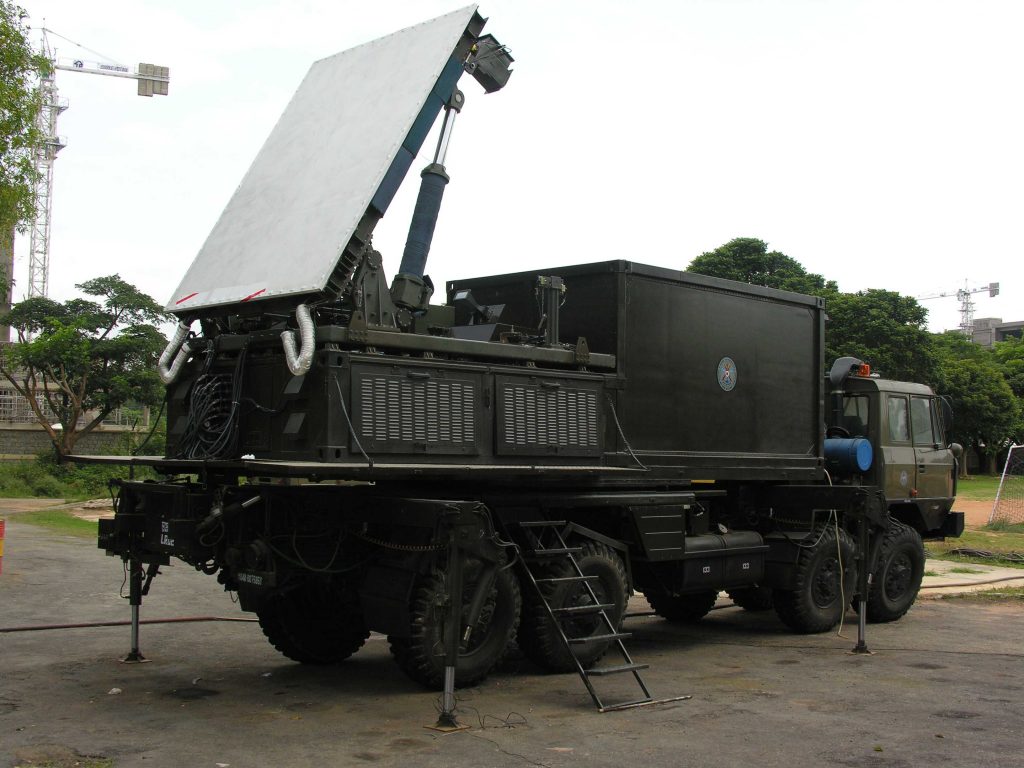

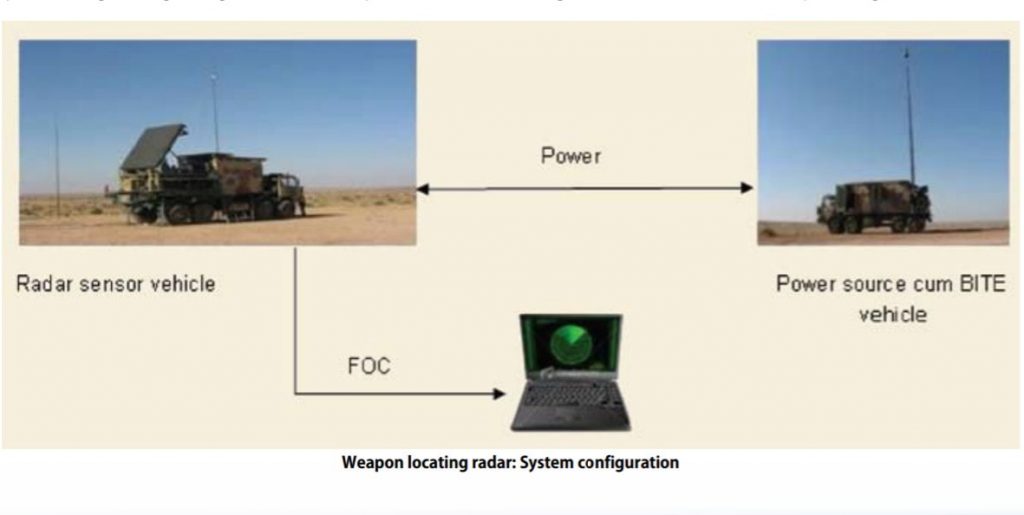
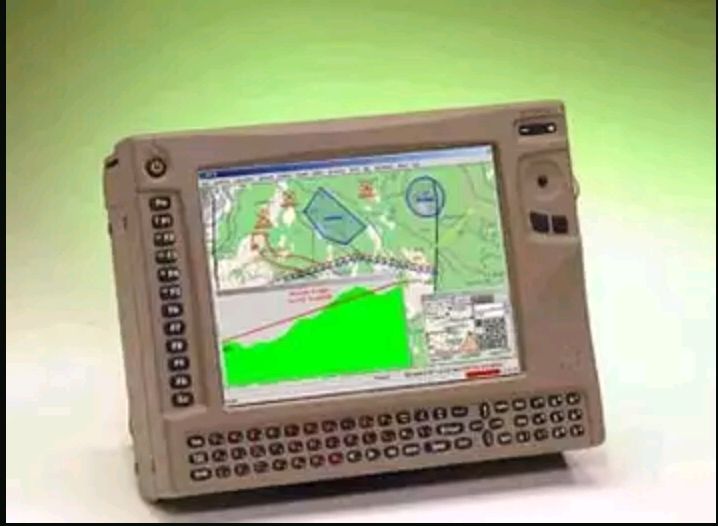
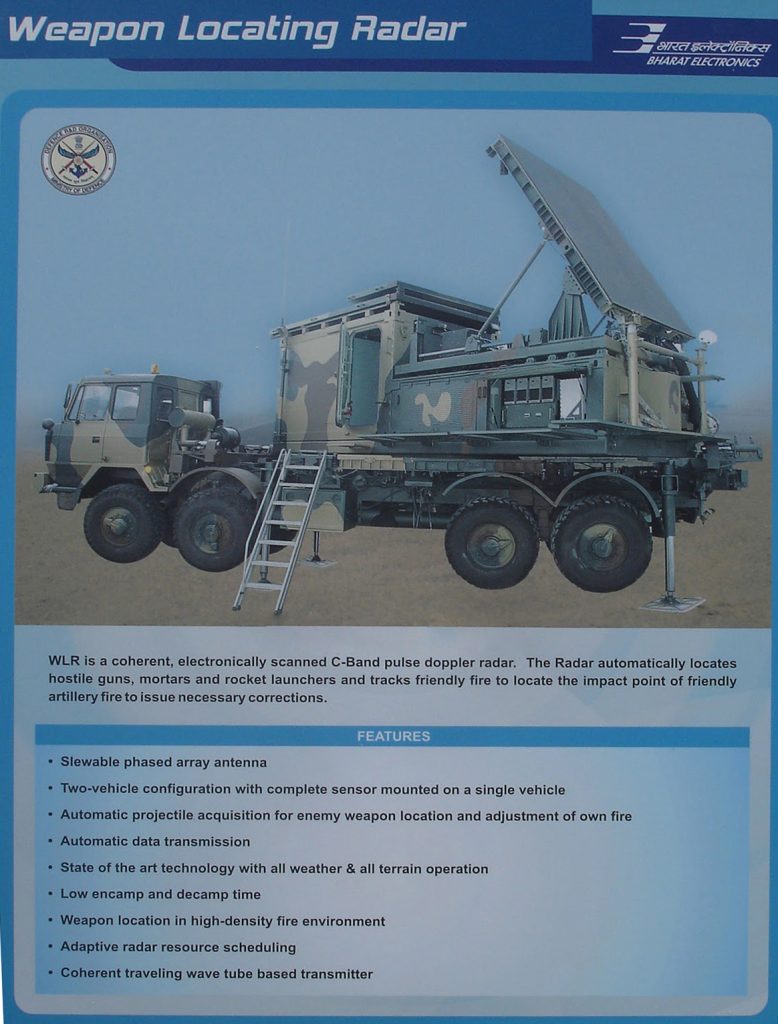
Specifications and Performance:
Range:
- > 81 mm mortars: 2–20 km
- > 105 mm guns: 2–30 km
- Unguided rockets: 4–40 km
- Elevation coverage: −5 to 75°
- Azimuth coverage: ±45° mean settable bearing
- Slewability: ±135° within 30 seconds.
- Targets tracking: 7 simultaneously (maximum)
- Firing angles: Both High & Low
- Aspect angles: 0–180°
Technical specifications
- Instrumented range: 50 km
- Frequency band: C band
- Probability of:
- Detection: 0.9
- False alarm: 10−6
- Weapon locations: 99 stored (maximum)
- Digital map storage: 100 × 100 km
Environmental specifications
- Operating temperature: –20 to +55 °C
- Storage temperature: –40 to +70 °C
- Damp heat: 95% RH at 40 °C
- Operational altitude: Up to 16,000 feet (4,900 m)
The advent of long range weapon systems and mechanization of land forces have extended the area of operations much beyond the visual range. Deployment of electronic surveillance devices in the battlefield will serve as a force multiplier to enhance the combat potential of our forces and optimize the effectiveness of our weapon systems.
Weapon Locating Radar (WLR) has been primarily designed to locate hostile guns, mortars and rockets causing interference to the progress of our operation. WLR, in its secondary role, can track and observe the fall of shot from own weapons to provide corrections to own fire. A large quantum or artillery deployed on a wide front, coupled with movement of aerial objects, weather and ground clutter, presents a high density returned conflicting signals on the radar screen. These conflicting signals have to be processed in the real time and extract required information for gunners to complete their mission successfully.
Detection, location and tracking of the requisite targets is handled by the advanced algorithms and state-of-the-art hardware. The ability to locate enemy weapons from its round and transmit the data of the required target to the counter fire elements for retaliatory strike before the target is redeployed is the key feature of the radar.
The Radar uses passive phased array with excellent side lobe levels. Radar system mounted on the TATRA vehicle is built to operate in all terrain and weather conditions.
WLR, a joint development project undertaken by radar house LRDE (DRDO) and Bharat Electronics, is developed to fulfill the long felt need of the Indian Army.
Also Read: Why S-400 Missiles Systems Is A Game Changer For Indian Armed Forces?
To crack the SSB interview, You can join our SSB interview live classes batch and we recommend you to Enroll SSB INTERVIEW ONLINE COURSE. Trusted by thousands of defence aspirants.
Indian Army to buy 12 more Made-in-India 'Swathi' weapon-locating radars for China border.
— SSBCrackExams (@SSBCrackExams) May 14, 2022
Swathi weapon-locating radars provide fast, automatic, and accurate location of enemy weapons like mortars, shells and rockets within 50-kilometre range. pic.twitter.com/IwNLUBTmoK



